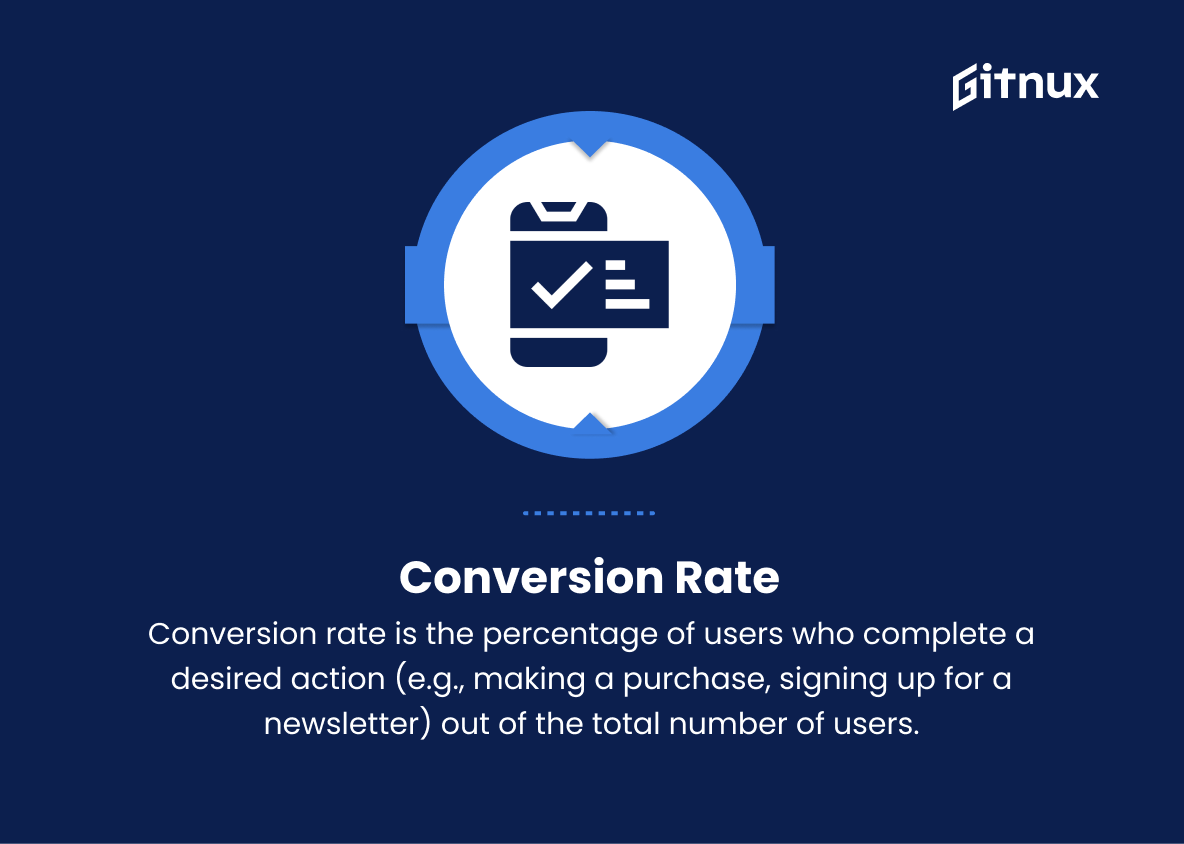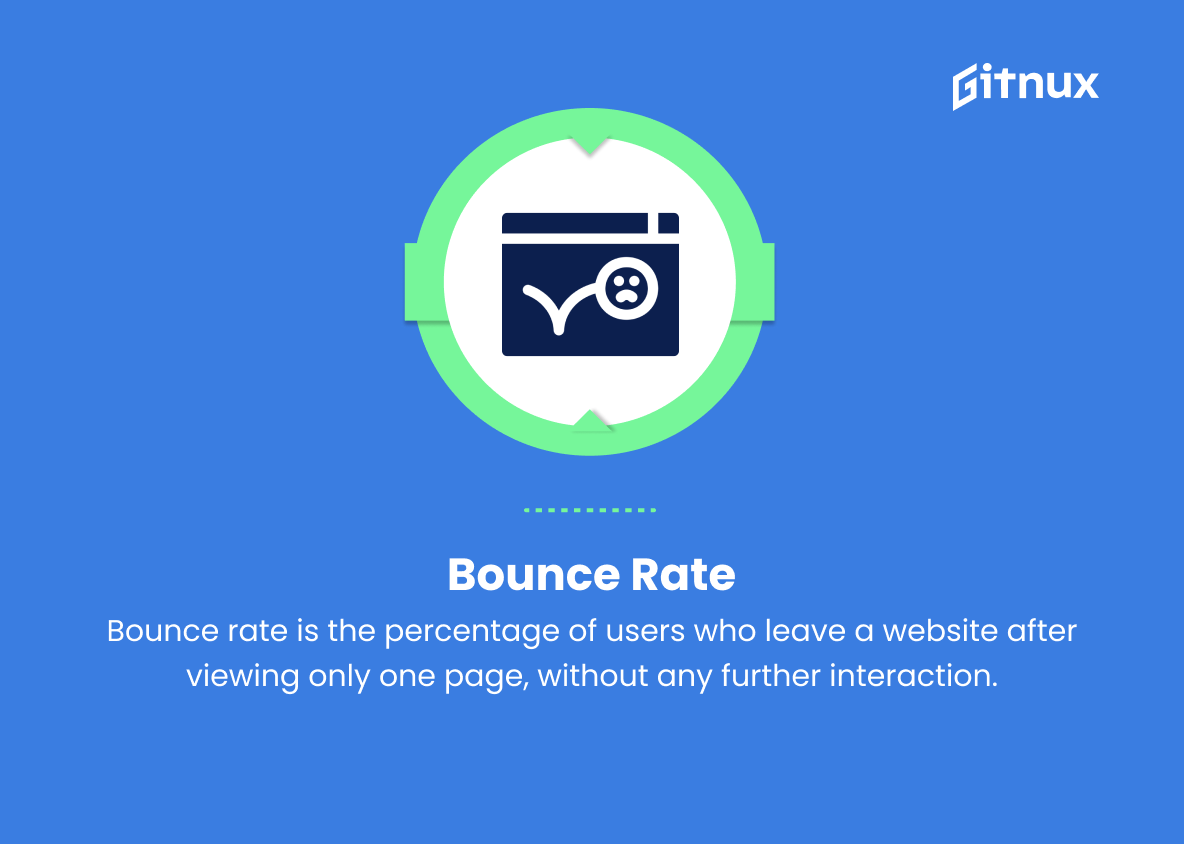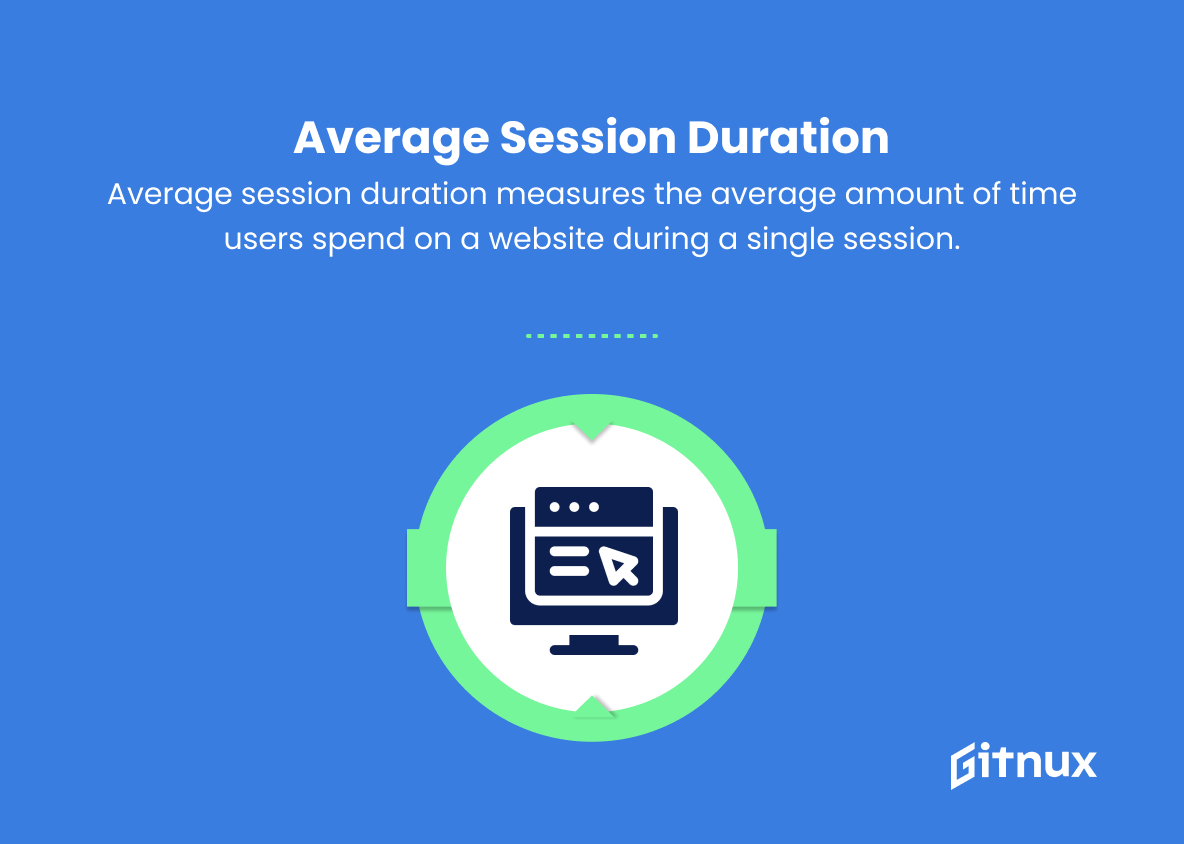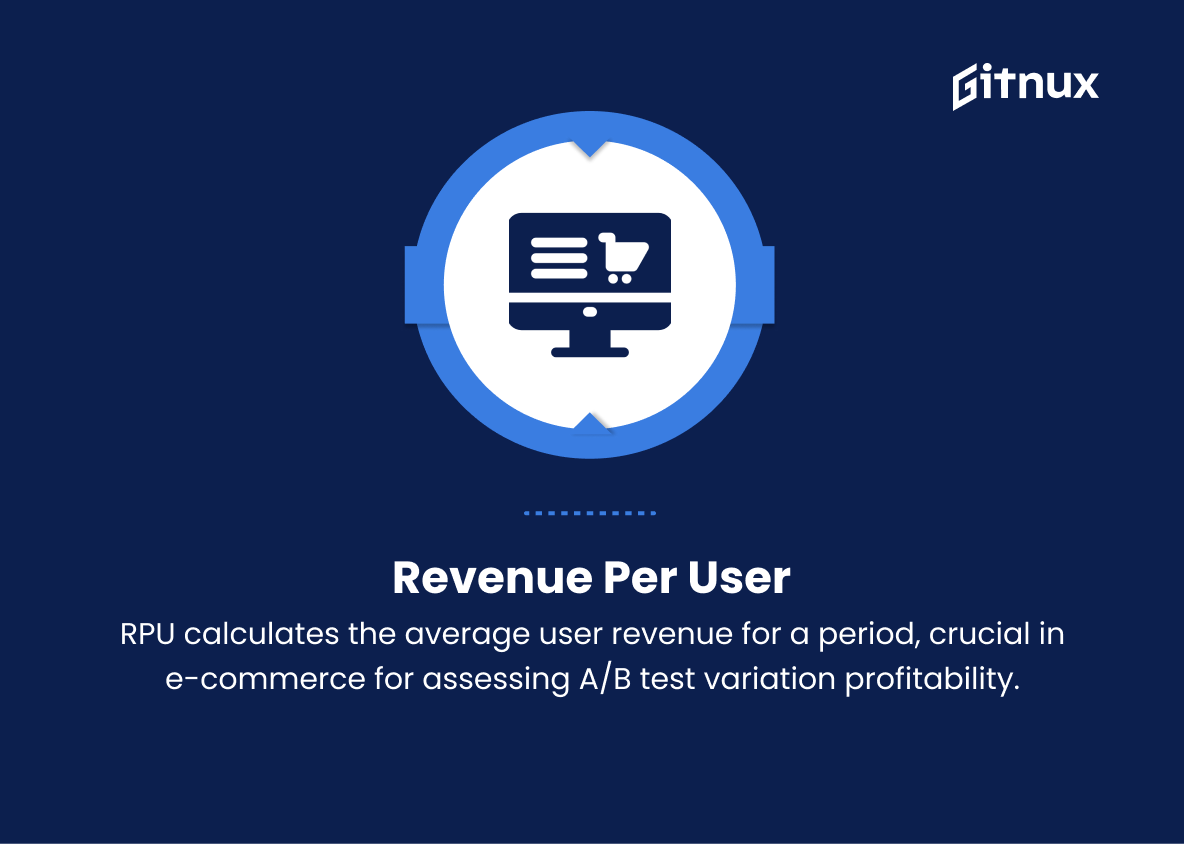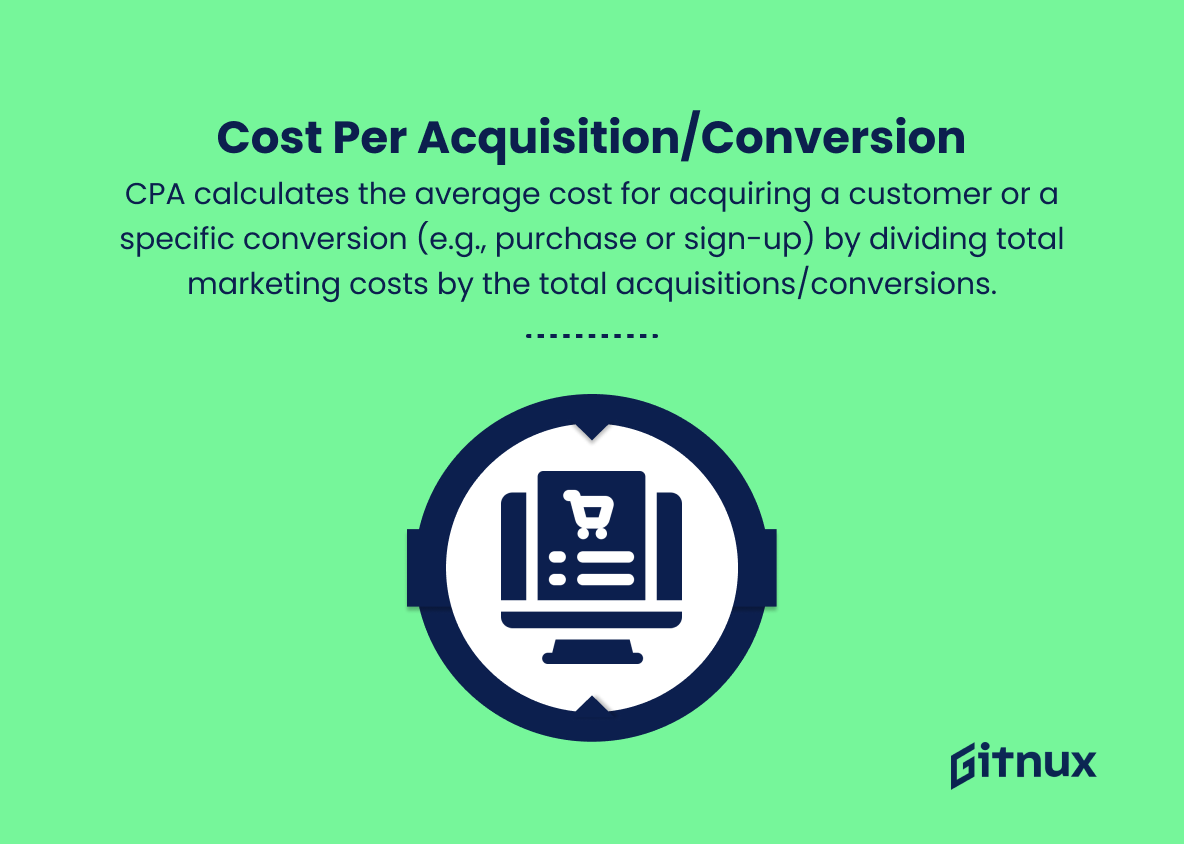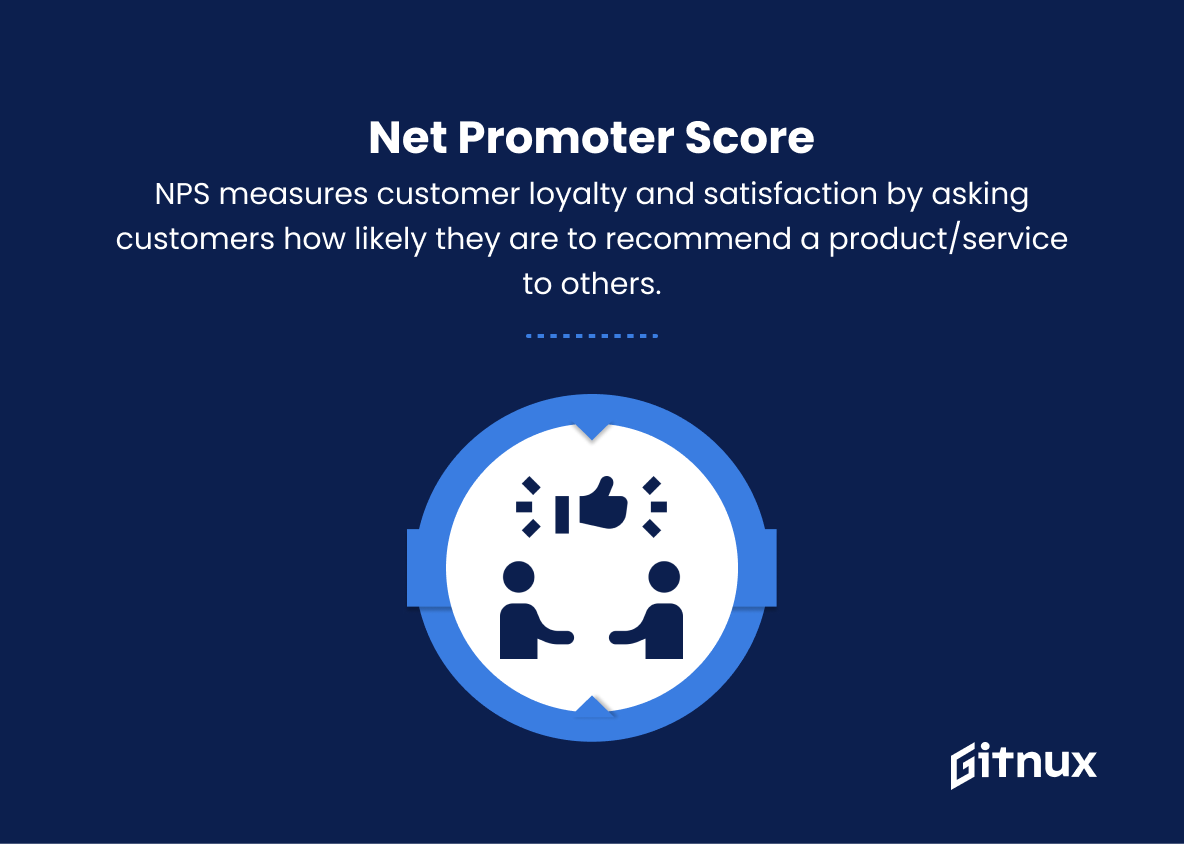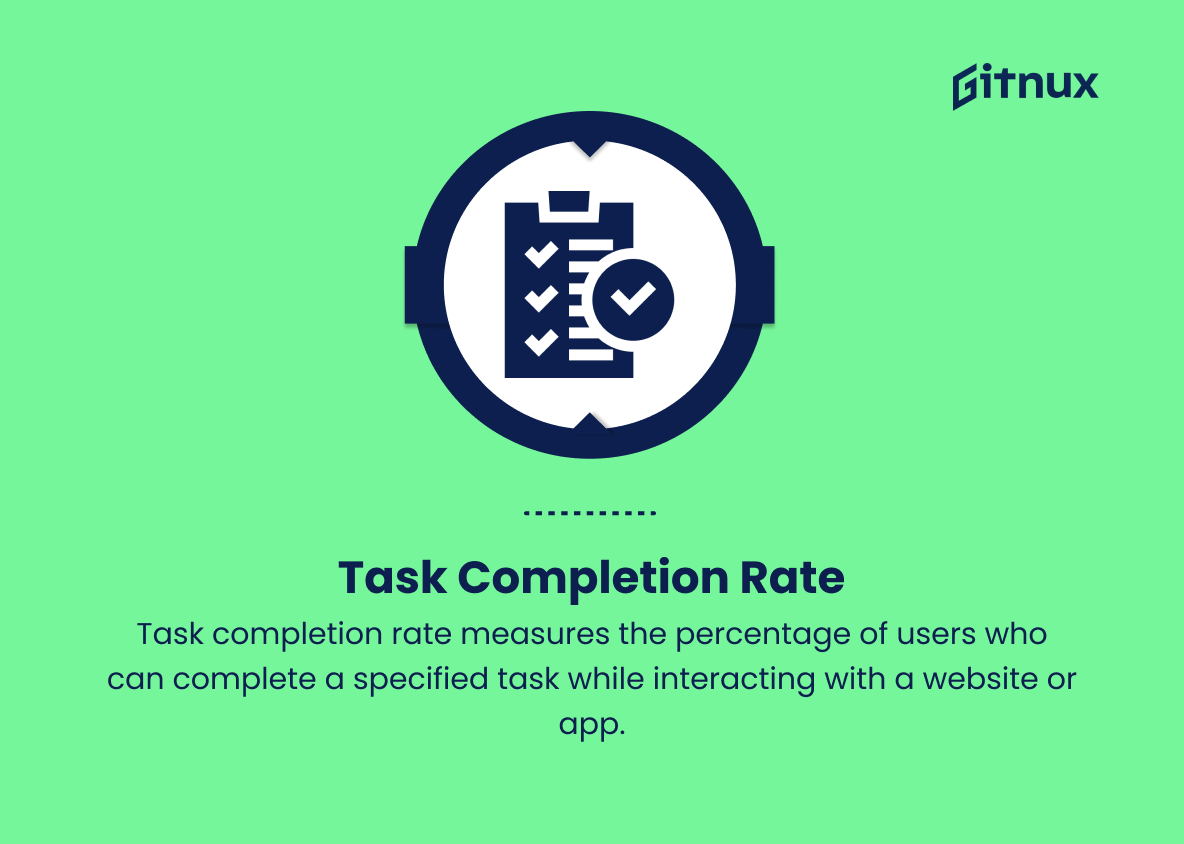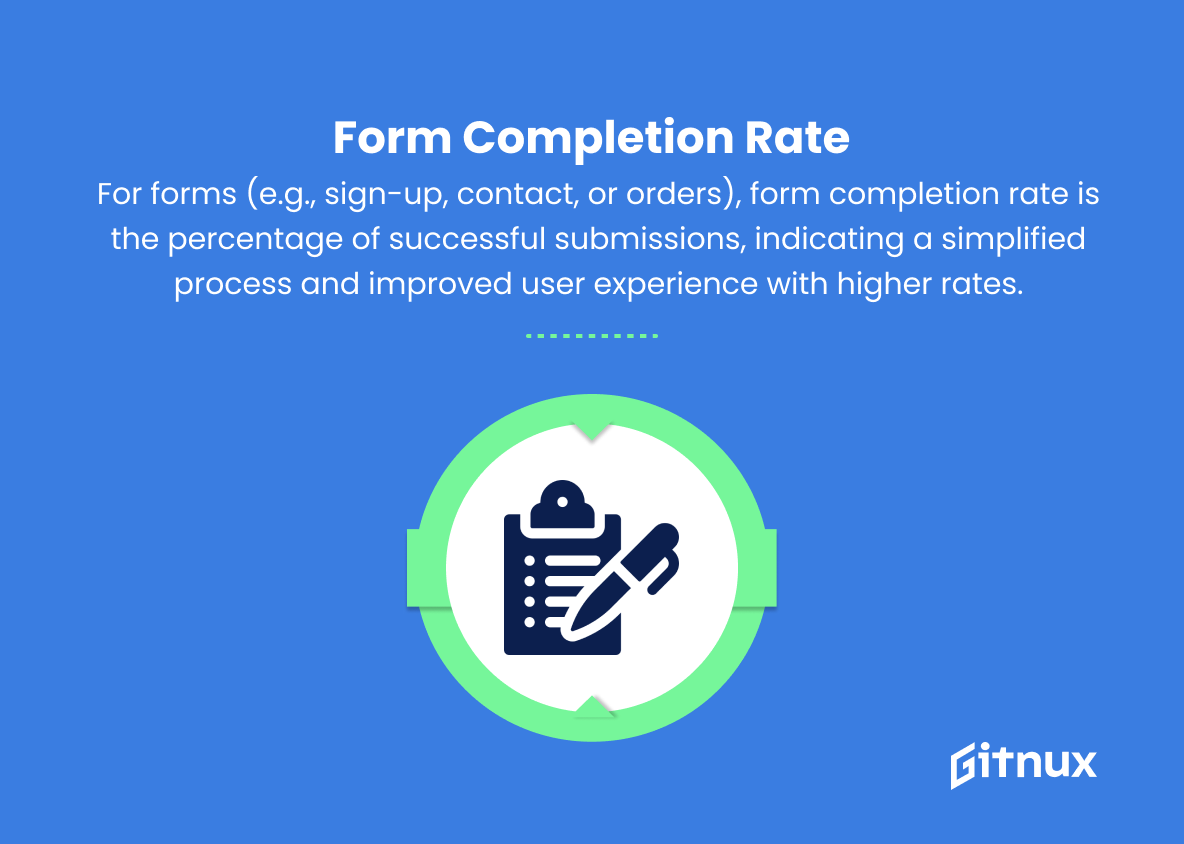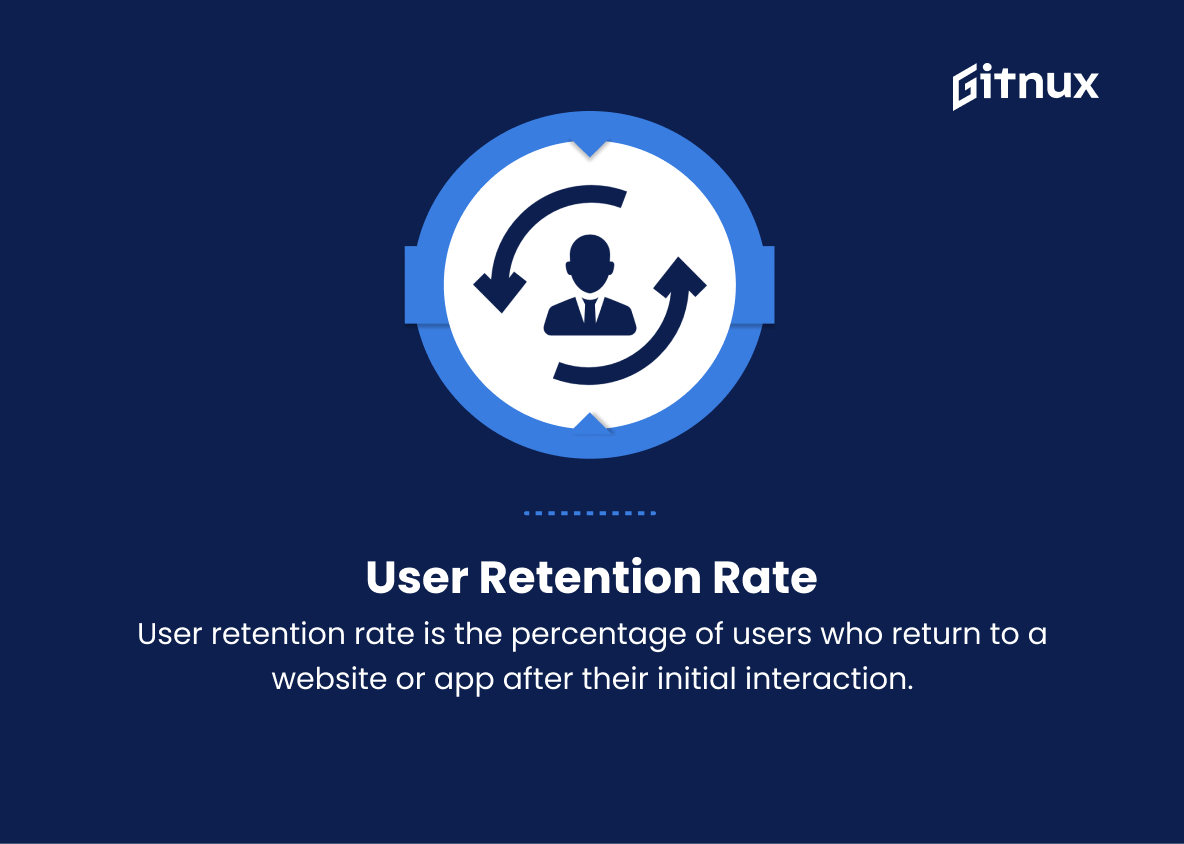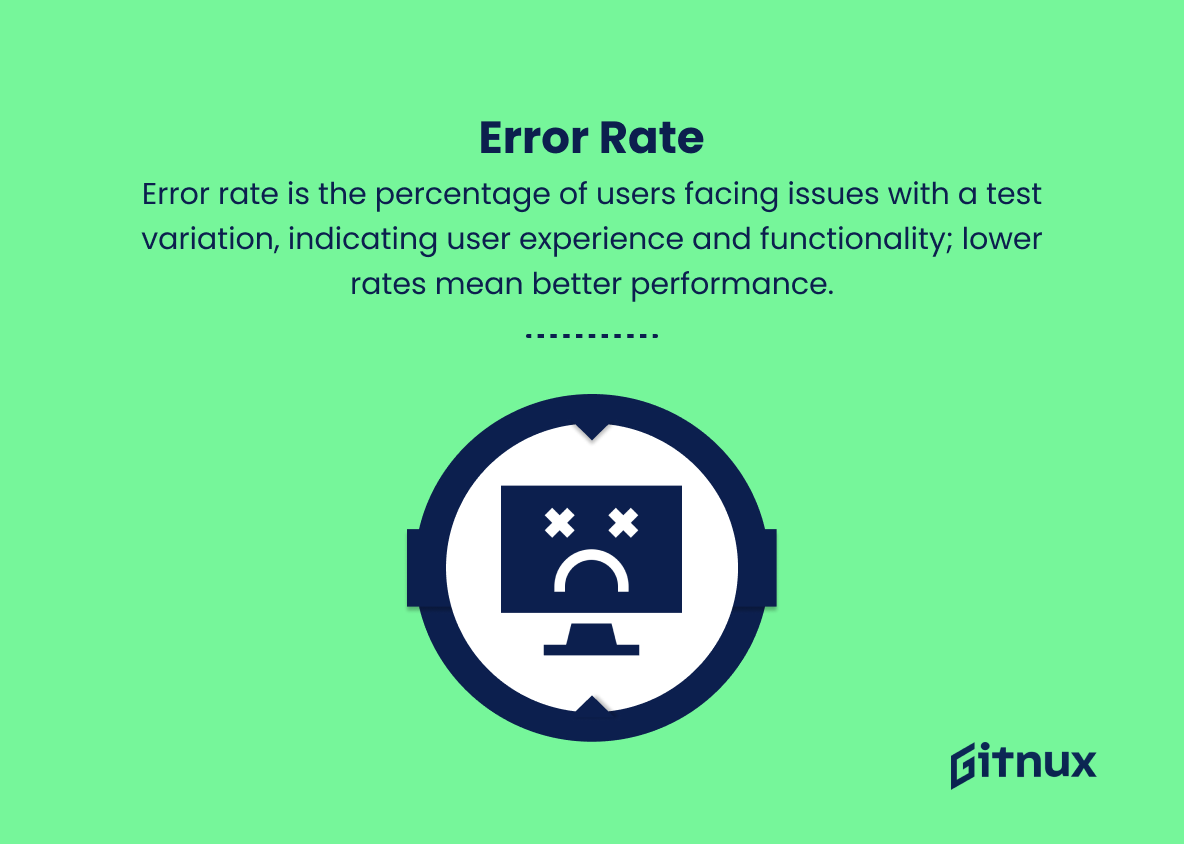In today’s dynamic digital landscape, A/B testing has emerged as a vital component for businesses striving to make data-driven decisions that can significantly impact their growth and conversion rates. Whether it’s optimizing a website, enhancing a marketing campaign, or refining user experience, A/B testing enables teams to experiment and validate the most effective strategies.
However, the success of these tests largely depends on how well we track and measure the right A/B testing metrics. In this comprehensive blog post, we’ll explore the crucial metrics you should focus on, the importance of analyzing this data, and best practices for deploying successful A/B tests that truly yield invaluable insights. So, buckle up and let’s dive into the fascinating world of A/B testing metrics.
A/B Testing Metrics You Should Know
1. Conversion Rate
Conversion rate is the percentage of users who complete a desired action (e.g., making a purchase, signing up for a newsletter) out of the total number of users. A higher conversion rate indicates better performance of a particular variation.
2. Click-Through Rate (CTR)
CTR measures the percentage of users who click on a specific link or call-to-action (CTA) out of the total number of users who are exposed to that link or CTA. It is used to gauge the effectiveness of ad campaigns, email marketing, and CTAs in webpages.
3. Bounce Rate
Bounce rate is the percentage of users who leave a website after viewing only one page, without any further interaction. A high bounce rate suggests that the tested variation may not be engaging or relevant to users.
4. Time on Page
Time on page measures the average amount of time users spend on a specific webpage. It helps understand user engagement with the content and design elements of a page.
5. Pages per Session
Pages per session measures the average number of pages visited during a single user session. A higher number indicates that users are more engaged and exploring multiple pages on the website.
6. Average Session Duration
Average session duration measures the average amount of time users spend on a website during a single session. Longer session durations typically indicate higher user engagement with the site’s content and design.
7. Revenue per User (RPU)
RPU measures the average revenue generated per user for a specific period. This metric is particularly significant in e-commerce as it helps to determine the overall profitability of different A/B test variations.
8. Cost per Acquisition/Conversion (CPA)
CPA measures the average cost of acquiring a new customer or achieving a specific conversion (e.g., purchase, sign-up). It is calculated by dividing the total marketing cost by the total number of acquisitions/conversions.
9. Customer Lifetime Value (CLTV)
CLTV estimates the total net profit generated from a customer over the entire duration of their relationship with a business. A/B tests can be evaluated based on their impact on CLTV.
10. Net Promoter Score (NPS)
NPS measures customer loyalty and satisfaction by asking customers how likely they are to recommend a product/service to others. This metric can help assess the impact of A/B test variations on customer satisfaction and intention to refer.
11. Task Completion Rate
Task completion rate measures the percentage of users who can complete a specified task while interacting with a website or app. A higher task completion rate indicates better usability and a more intuitive interface.
12. Form Completion Rate
Specifically for forms (e.g., sign-up, contact, or orders), form completion rate is the percentage of users who successfully submit the form. Higher completion rates may show that a tested variation simplifies the process and improves user experience.
13. User Retention Rate
User retention rate is the percentage of users who return to a website or app after their initial interaction. A higher retention rate signifies stronger user engagement and satisfaction with the tested variation.
14. Error Rate
Error rate measures the percentage of users who encounter errors or issues (either technical or usability-related) while interacting with a particular test variation. A low error rate indicates better user experience and functionality.
15. Engagement Rate
Engagement rate is the percentage of users who interact with a specific element on a page or within an app. For example, users who click on buttons, interact with sliders, or play videos. Higher engagement rates indicate that users are finding these elements more useful, interactive, or interesting.
A/B Testing Metrics Explained
A/B testing metrics matter as they help businesses evaluate the effectiveness and usability of different design variations, marketing campaigns, and content strategies. Metrics such as conversion rate, click-through rate (CTR), and revenue per user (RPU) directly impact the overall profitability, while bounce rate, time on page, and average session duration indicate user engagement with the tested variations.
More specific metrics, such as form completion rate and task completion rate, help businesses optimize their website interfaces and customer journeys. Monitoring user retention rate, error rate, and engagement rate allows businesses to understand user satisfaction and make necessary improvements. Ultimately, these metrics aid businesses in making data-driven decisions to boost customer satisfaction, loyalty, and revenues.
Conclusion
In the rapidly evolving world of digital marketing, A/B testing plays a critical role in optimizing and refining your strategies to achieve the best possible results. By monitoring and analyzing key metrics such as conversion rate, bounce rate, time on page, and engagement, marketers can gain valuable insights into their target audience and tailor their approach to better connect and resonate with them.
As a result, businesses can make informed decisions and enhance their online presence, ultimately driving growth and success. Don’t let assumptions and guesswork dictate your marketing outcome; embrace the power of data-driven A/B testing to continually improve and unlock your brand’s full potential.
